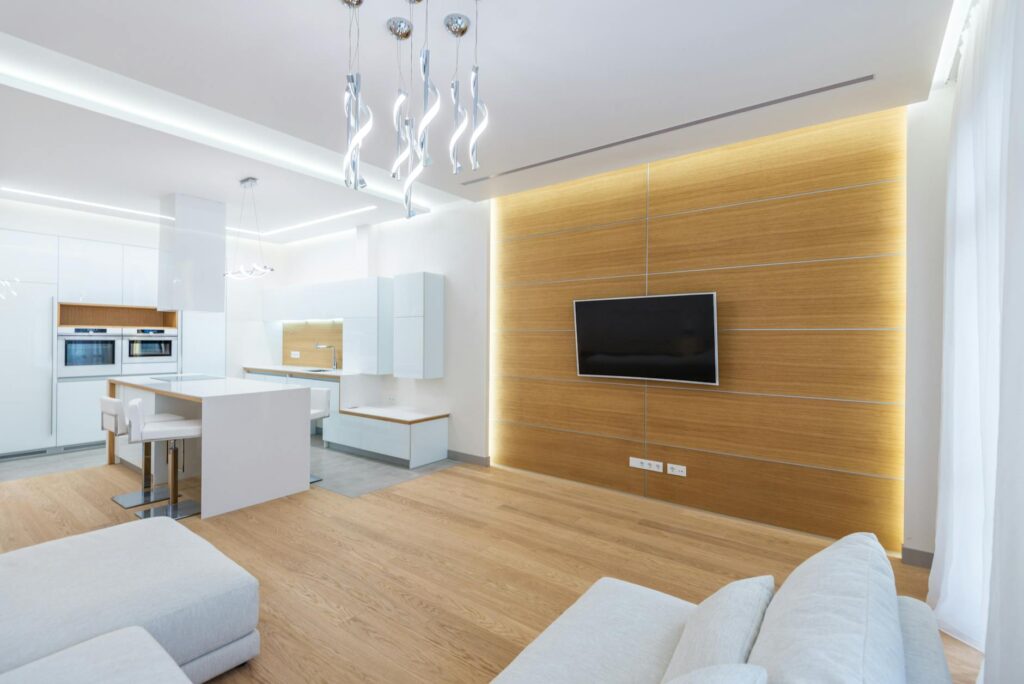LED floor lamps have become increasingly popular as a stylish and energy-efficient lighting solution. But a common question arises: can they provide enough brightness to illuminate an entire room effectively? The answer, as you might expect, isn’t a simple yes or no. It depends on several key factors.
Understanding Lumens and Brightness
The brightness of an LED floor lamp is measured in lumens. Unlike watts, which measure power consumption, lumens directly reflect the amount of light emitted. A higher lumen rating means a brighter light. When choosing a floor lamp for room lighting, aim for a lumen output appropriate for the room’s size and intended use. You can usually find the lumen rating on the product packaging or manufacturer’s website.
Room Size and Layout
A small living room will require a much lower lumen output than a large open-plan space. The layout also matters. Rooms with dark corners or obstructed light paths will benefit from multiple light sources, perhaps supplementing your floor lamp with table lamps or overhead lighting. 
Color Temperature and Ambiance
The color temperature, measured in Kelvin (K), affects the perceived brightness and ambiance. Cooler temperatures (5000K and above) produce a bright, almost daylight-like effect, while warmer temperatures (2700K-3000K) provide a softer, cozier glow. A warmer light might feel less bright than a cooler one with the same lumen output. Consider the mood you want to create.
Types of LED Floor Lamps
Different designs have varying brightness capabilities. A tall, slender lamp might not illuminate as much space as a wide, multi-bulb arc lamp.  Consider the lamp’s design and the way it directs light. Look for lamps with adjustable heads or multiple light sources for more control over brightness and illumination.
Consider the lamp’s design and the way it directs light. Look for lamps with adjustable heads or multiple light sources for more control over brightness and illumination.
Energy Efficiency and LED Technology
LEDs are known for their energy efficiency. They produce more light per watt of electricity compared to traditional incandescent bulbs, meaning you can achieve sufficient brightness without consuming excessive energy. However, the efficiency can vary based on the LED type and quality, so check the energy rating before purchasing. You can find this information using online resources, like energy star ratings.
Placement and Positioning
The placement of your floor lamp dramatically influences how well it lights a room. Positioning it in a corner will illuminate less space than placing it centrally. Consider strategic placement near reflective surfaces such as mirrors or white walls to amplify the light output. [IMAGE_3_HERE]
Additional Lighting Sources
A floor lamp rarely serves as the sole light source in a room. It’s best used as a supplemental light, especially in larger rooms or spaces with limited natural light. Consider pairing your LED floor lamp with ceiling lights, wall sconces, or other lamps to ensure adequate and even illumination. For further advice, check out this professional lighting guide.
Conclusion
Ultimately, whether an LED floor lamp is bright enough for your room depends on several interrelated factors including the lamp’s lumen output, the size and layout of your room, and your personal preferences. Carefully consider these points to ensure you get the right amount of light for your needs.
Frequently Asked Questions
What is the ideal lumen output for a living room? The ideal lumen output varies greatly depending on the size of the living room. A general guideline suggests 1500-2000 lumens for smaller living rooms and 2500-3000 lumens or more for larger spaces. Remember to supplement with additional lighting.
Can I use a floor lamp as my primary light source? While possible in smaller rooms with adequate natural light, a floor lamp is rarely sufficient as the only source of light for a whole room. Consider it as a supplemental source.
How many lumens does a standard LED floor lamp have? A standard LED floor lamp’s lumens can widely vary; from 400 lumens for smaller lamps to over 1500 lumens for larger ones. Always check the specifications of the chosen lamp.
Are LED floor lamps energy efficient? Yes, LEDs are significantly more energy-efficient than incandescent bulbs. They consume less energy to generate the same amount of light.




